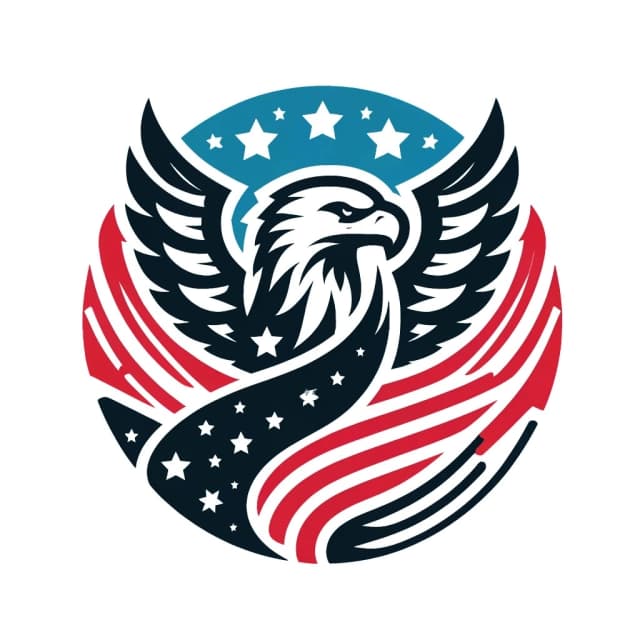- Published on
- Authors

- Name
- GovCon
Navigating the Service Contract Act for Government Contractors
Welcome to a deep dive into one of the pivotal legislative pieces that every government contractor must comprehend: the Service Contract Act (SCA). If you're hoping to secure or already working on government contracts, understanding SCA compliance can ensure your operations remain smooth and profitable. Let’s unravel the essentials and complexities together.
What is the Service Contract Act?
The Service Contract Act, officially known as the McNamara-O'Hara Service Contract Act of 1965, requires contractors and subcontractors performing services on federal contracts to pay service employees minimum wage rates and fringe benefits. These rates are determined by the Department of Labor (DOL) and are based on the prevailing wages in the locality where the services are performed.
Key Components of the SCA
To master the SCA landscape, contractors must familiarize themselves with several crucial components:
1. Wage Determinations
Wage determinations are the heart of the SCA compliance. These determinations specify the minimum wages and fringe benefits required. You can find these on the Wage Determinations Online (WDOL) database. Here are some tips to navigate these determinations:
- Access and Interpret Wage Tables: Understanding how to read the wage tables is critical. Each job classification has an associated wage rate and fringe benefits.
- Updates and Revisions: Wage determinations are periodically updated. Stay ahead by monitoring the WDOL for any changes that could impact your contracts.
2. Contract Clauses and Provisions
Government contracts will typically include specific clauses that reflect SCA requirements. Here are the common ones:
- FAR 52.222-41: This clause references the SCA and is mandatory in all service contracts exceeding $2,500.
- FAR 52.222-42: Outlines the statement of equivalent rates for federal hires, guiding contractors on how to determine wage and fringe benefits for roles not explicitly included in the wage determinations.
3. Recordkeeping and Reporting
Compliance doesn’t stop at understanding wage determinations; diligent recordkeeping and reporting are vital:
- Payroll Records: Maintain accurate and comprehensive records of employee earnings, hours worked, and benefits provided.
- Certification and Reporting: Regularly submit certifications of compliance and related reports as required by the contracting agency.
Challenges and Solutions
While the SCA framework is theoretically straightforward, practical implementation can be challenging. Here are some common hurdles and how to overcome them:
1. Classification Issues
Misclassifying employees can lead to significant compliance missteps. To mitigate these:
- Consult the SCA Directory of Occupations: This resource helps accurately classify roles by providing detailed descriptions for over 800 occupations.
- Be Proactive in Classification Reviews: Regularly review and align your classifications with the DOL standards.
2. Cost Implications
The added costs of complying with SCA wage and benefit requirements can impact a contractor's budget. Here’s how to manage:
- Accurate Bid Calculation: Incorporate SCA compliance costs into your initial bid calculations to avoid future financial surprises.
- Efficiency Optimization: Implement operational efficiencies to offset increased labor costs.
3. Staying Updated
The regulatory environment is dynamic, and staying updated is non-negotiable:
- Subscribe to DOL Updates: Ensure you receive updates directly from the DOL regarding any changes to the SCA or wage determinations.
- Engage in Continuous Training: Provide ongoing training to your compliance officers and HR teams.
Technology as an Enabler
Leverage technology to simplify your SCA compliance journey. Utilize software solutions designed for government contractors to manage wage determinations, streamline payroll, and ensure comprehensive recordkeeping. Automation tools can significantly reduce the administrative burden and improve accuracy.
Conclusion
Navigating the Service Contract Act requires diligence, continuous learning, and strategic planning. By understanding the key components and leveraging the right tools and strategies, government contractors can confidently comply with the SCA while maintaining operational and financial efficiency. Embrace the journey with proactive measures and ensure your contracts are both profitable and compliant.
Stay tuned for more insights and tips on government contracting in our upcoming posts. Happy contracting!
Feel free to comment below or reach out if you have specific questions about SCA compliance or other government contracting topics. Let's navigate the world of government contracts together!
